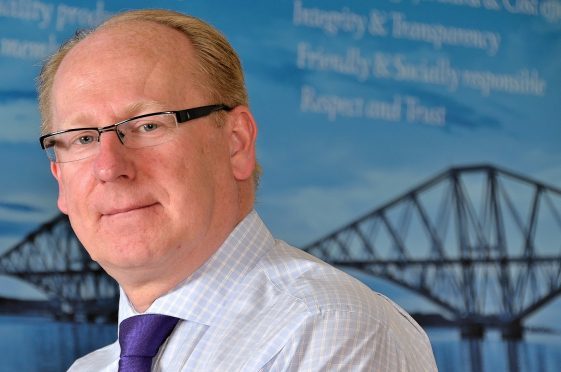The world’s oldest building society confirmed it was in rude health despite revealing a slump in pre-tax profits.
Scottish Building Society (SBS) – which is also Scotland’s last remaining independent mutual lender – said it delivered a “solid” performance in the year to the end of 31 January as it invested in “member loyalty initiatives”, which the lender said were designed to provide “long term value” to its members.
The firm, which has six branches including in Aberdeen and Inverness, said pre-tax profits fell 40% to £1.3million in the year, although both assets and reserves rose in the same period.
The society, which was founded in 1848, said its traditional approach to lending saw it grow mortgage assets by £3.4million in the year with gross lending also up at £51.3million.
Mark Thomson, chief executive of SBS, said: “We are pleased to have delivered another strong financial performance in line with our five-year plan in what continues to be challenging market conditions. These results underline that it is possible for the society to retain its financial strength whilst providing our members with long term value.
“By operating a traditional business model where both our savers and our mortgage borrowers can consistently benefit from the best rates we are able to offer, we believe we are as relevant today as when we were founded 168 years ago.”
The tiny society employs 71 members of staff across Scotland.
Meanwhile, Royal Bank of Scotland avoided a predicted shareholder revolt over executive pay at its annual general meeting in Edinburgh yesterday.
Chief executive Ross McEwan said the “heaviest restructuring” of the bank will be behind it by the end of the year as it presses ahead with cost-cutting plans.
But he said the bank will need to find £800million worth of cost savings this year, as it looks to adapt to an environment where “interest rates look set to stay lower for longer and where the macroeconomic outlook remains uncertain.”
He said: “My intention is to get the cost base properly aligned to the bank we are becoming, not the global bank we once were. And we are making real progress in becoming simpler.”
It comes after RBS reported a first-quarter pre-tax loss of £968million last week – more than double last year’s figure of £446million. At the same time, Mr McEwan saw his total annual pay package double to £3.8million as it included long-term incentive payouts for the first time.
The loss reflects the impact of its £1.2billion payment last month to the Treasury to buy out a crucial part of its £45billion bailout.
At the meeting 99.5% of votes backed the bank’s remuneration policy.
It has also warned that it will take a “significantly” greater-than-expected hit from plans to spin-off its Williams & Glyn arm and revealed it may not meet its deadline to offload the business.
Chairman Howard Davies said it was “disappointing” that the bank’s share price had closed 38% lower last night compared to 2015’s AGM










